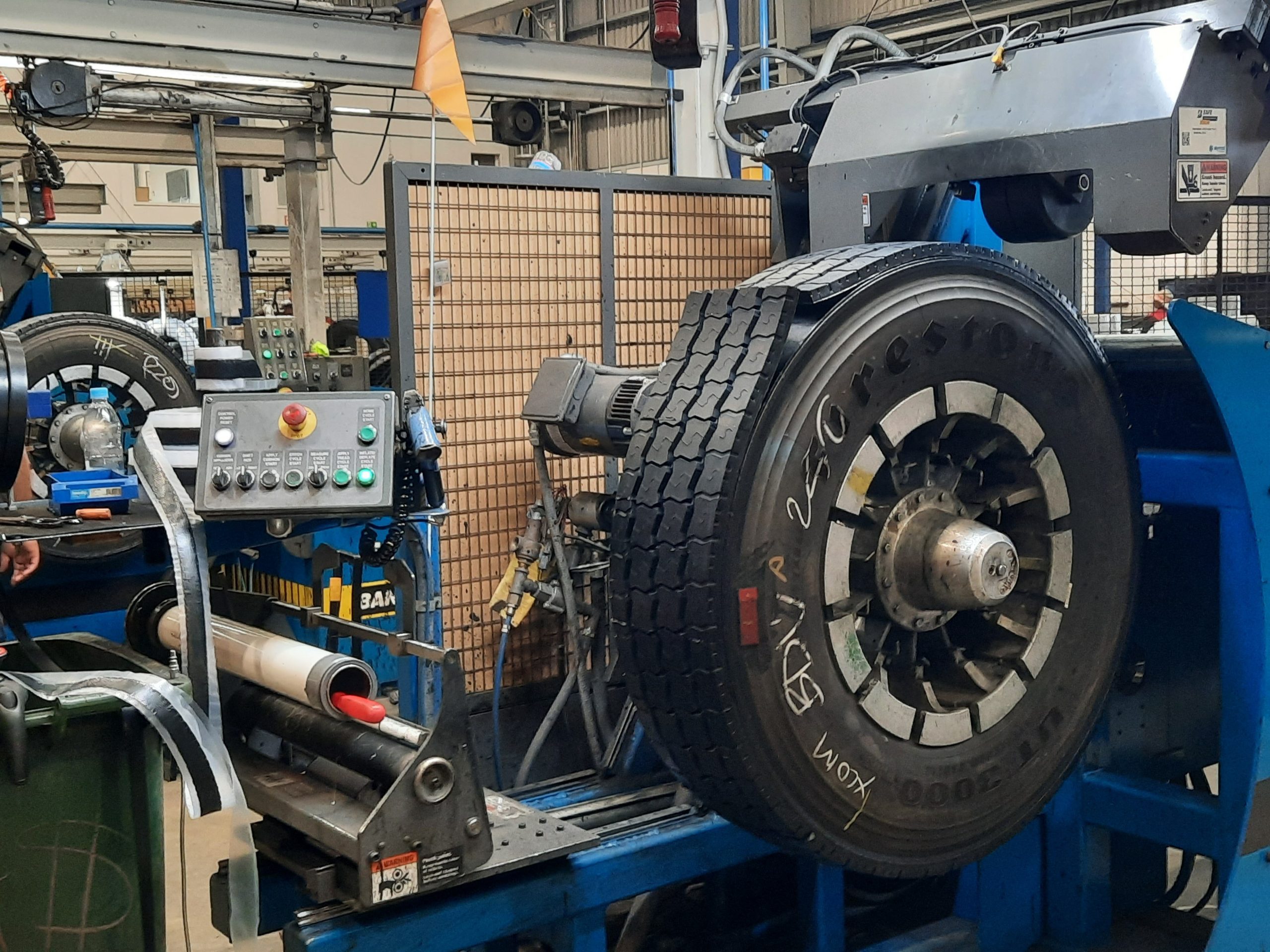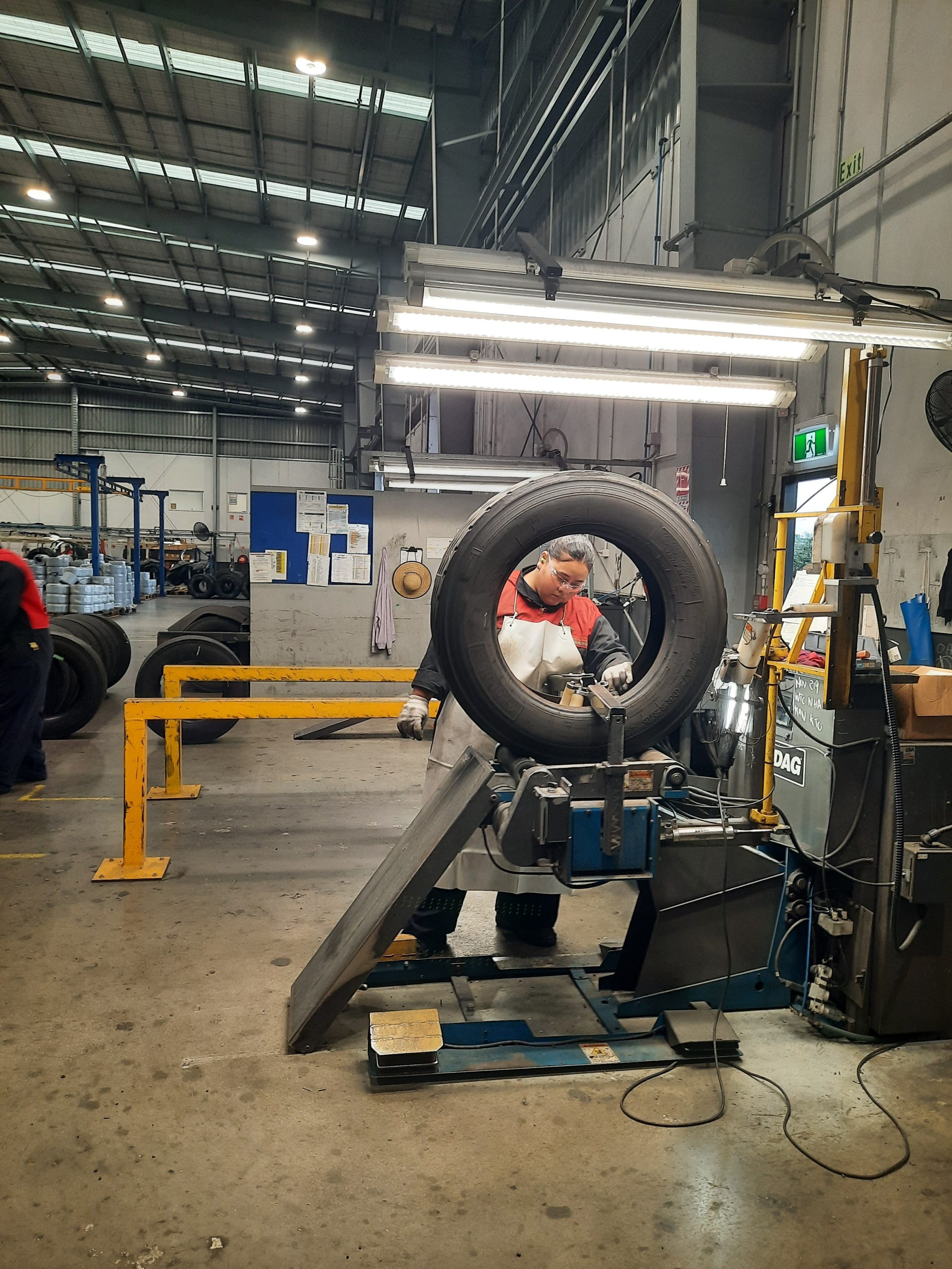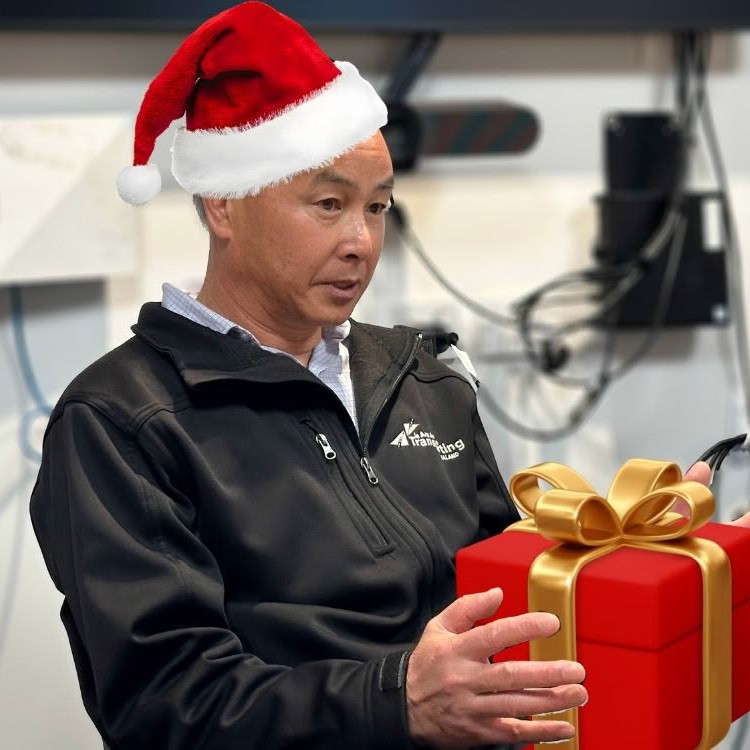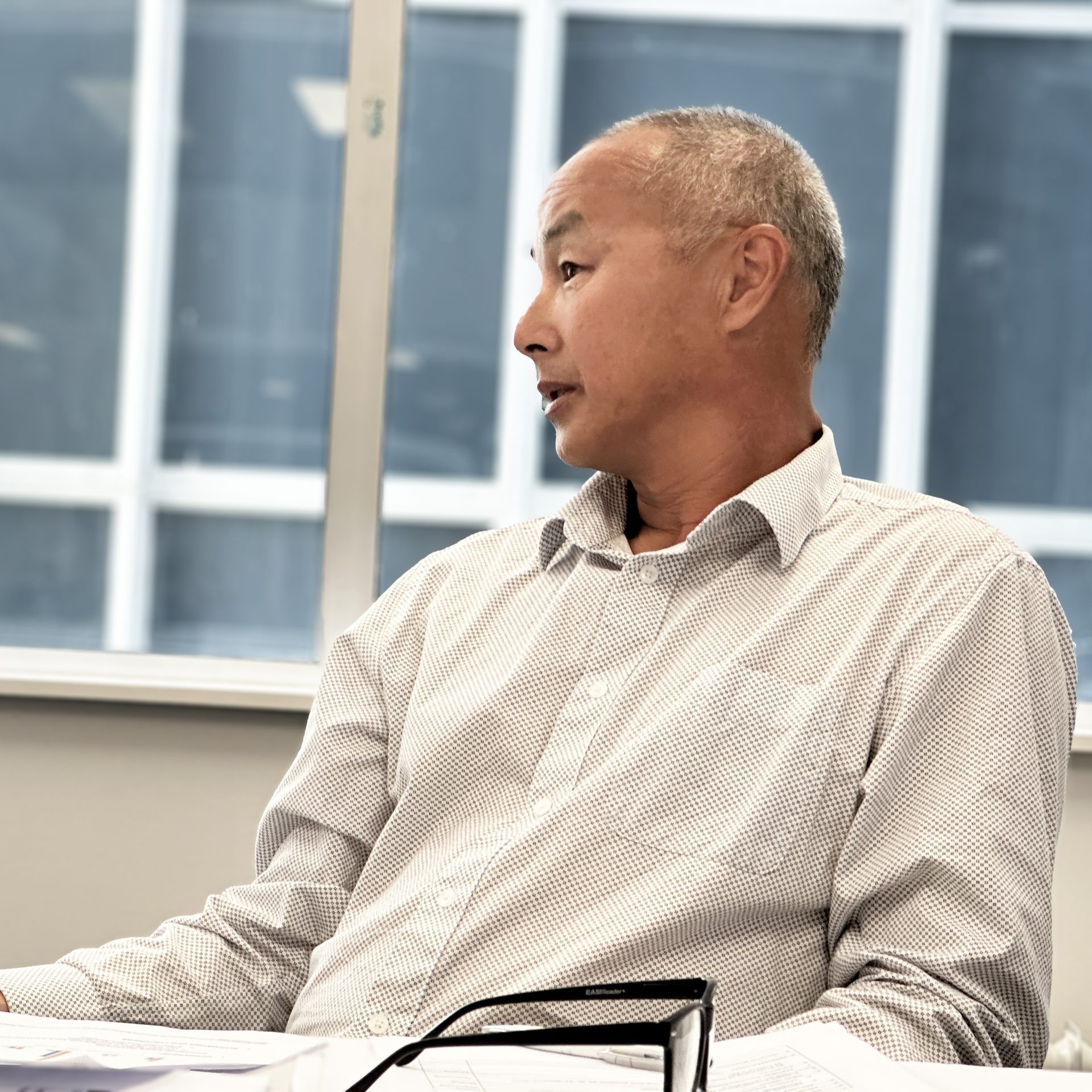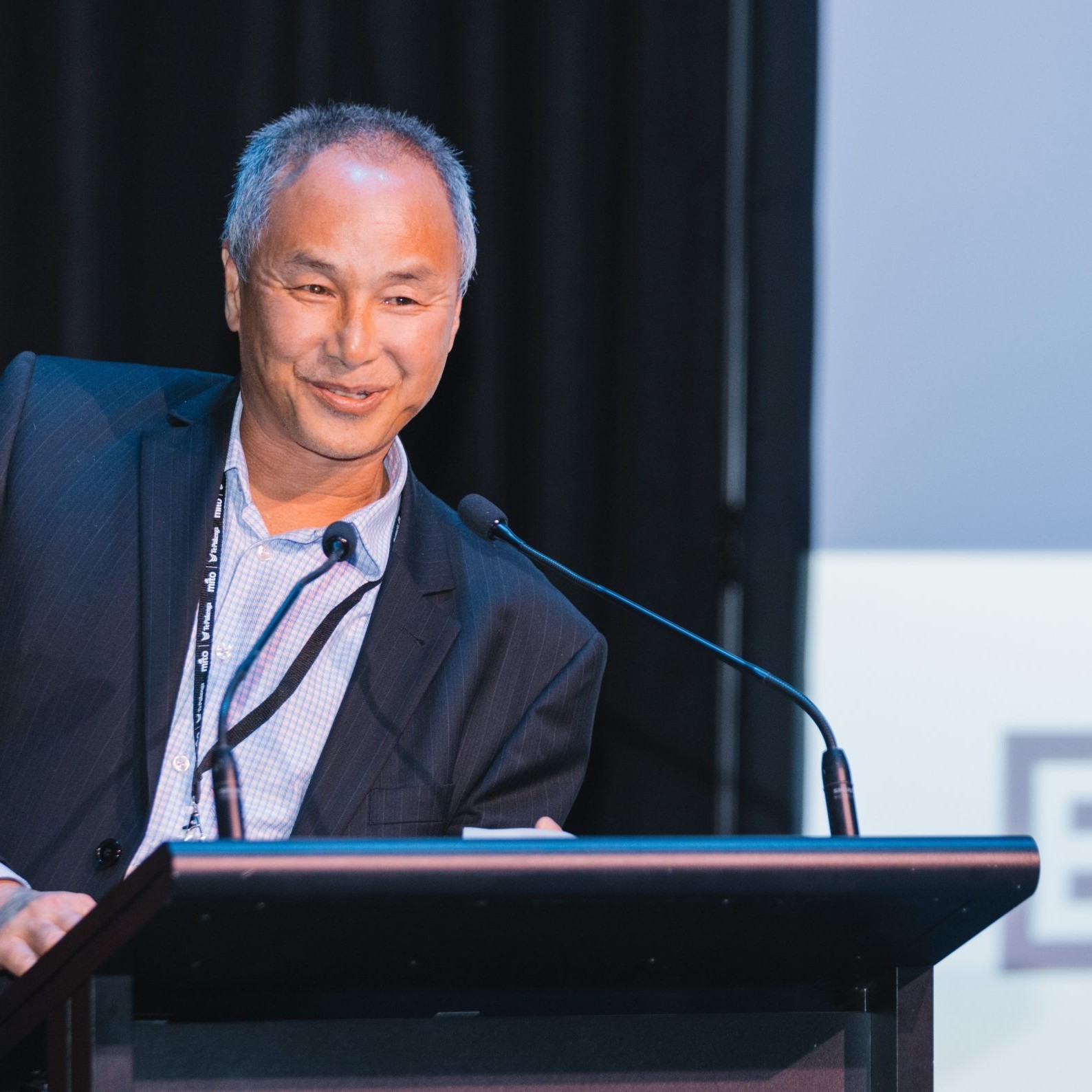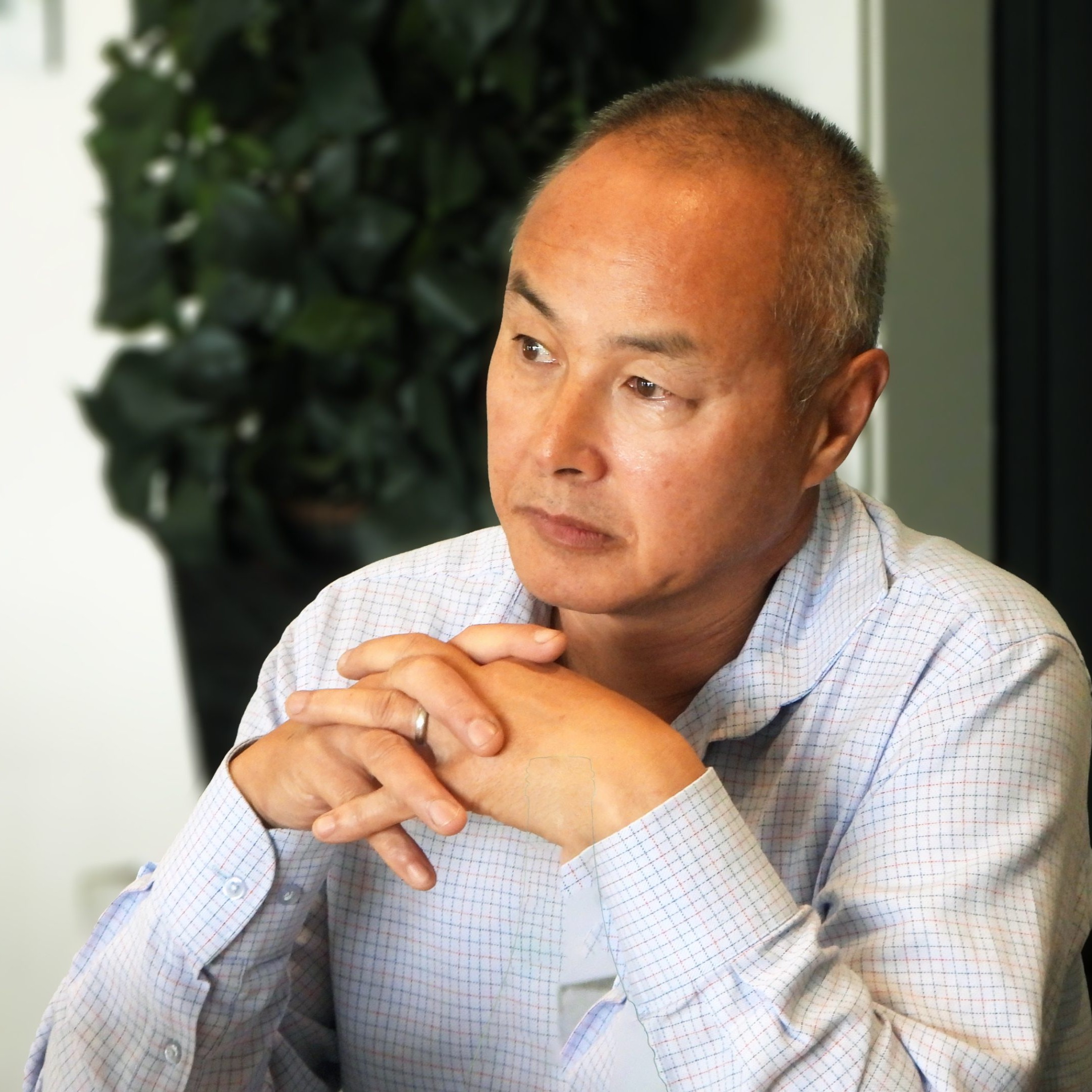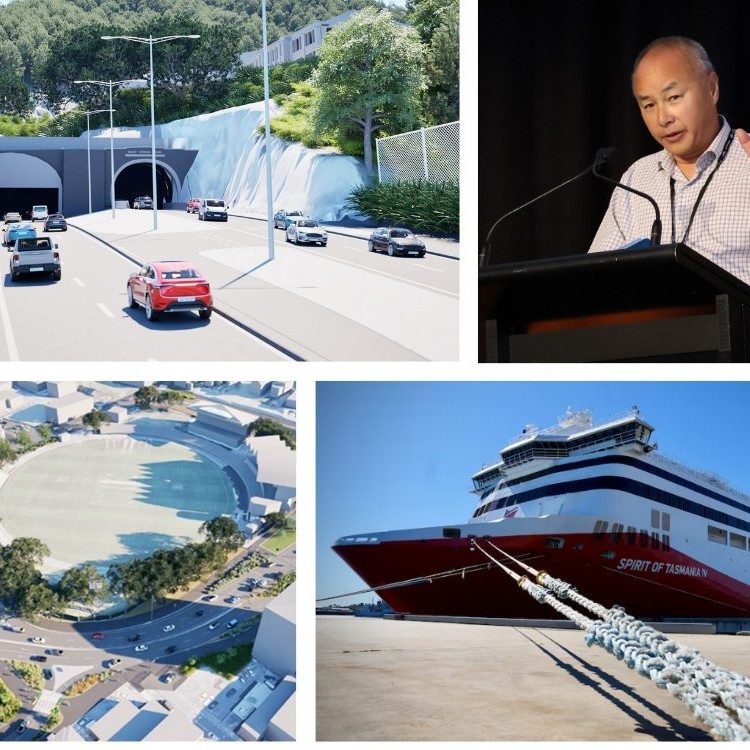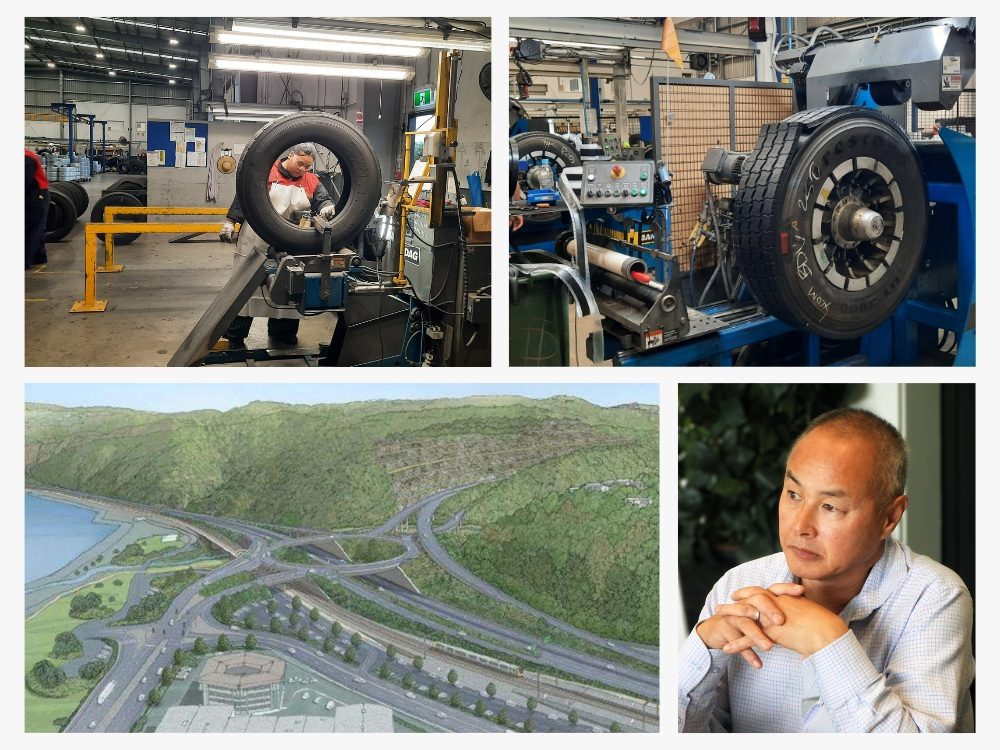
Confirmed investment for the Roads of National Significance
On Monday Transport Minister Chris Bishop announced that the Government is committing nearly $1.2 billion in combined funds to see its Roads of National Significance (RONS) programme move to the next phase of development.
That announcement followed the NZTA Board endorsing investment cases for all RoNS, including Sections 2 and 3 of the Northland Expressway, the East West Link, Hamilton Southern Links, Petone to Grenada and Cross Valley Link, SH1 Wellington Improvements including a new Mt Victoria tunnel, and the Hope Bypass.
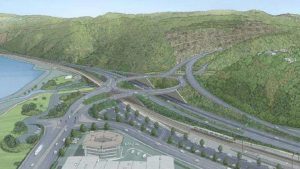
The Minister referred to this commitment as being part of building a long-term pipeline of transport infrastructure investments to redress New Zealand’s infrastructure deficit and build jobs and growth for Kiwis.
We welcomed progress on the RoNS Programme, but we made the important point that a bi-partisan commitment is needed to avoid the risk of costly cancellations and further disruptions to the infrastructure pipeline.
For those that thought we were taking a “glass half full” approach, I think we were vindicated with Labour leader Chris Hipkins coming out a couple of days later saying he cannot “hand on heart” promise to build the highways the current Government has committed $1.2 billion to. That was kind of interesting, given our discussions with opposition spokespeople to date have indicated they don’t want to see projects cancelled.
Unfortunately, there appears to be a degree of fence-sitting, and that’s unhelpful given this could have been an opportunity to provide some increased certainty to the economy.
The regret cost risk worries me. $1.2b is a lot of coin, to put it in perspective, a May 2024 RNZ report stated; “Nominally the 27km-long Transmission Gully nominally cost about $1.25 billion.”
In other words, the amount that has just been committed to the RoNS programme is equivalent to the cost of building what has widely been regarded as one of the most complex and challenging roading projects ever completed in New Zealand.
Transmission Gully is undisputedly delivering benefits to everyday New Zealanders – every day. It would seem a crying shame to invest that same dollar amount in new projects and for it all to come to nothing. But on the positive side, at least we’re starting to see a difference in thinking and strategy between political parties.
The lifecycle of tyres and retreading
In terms of other choices, and at almost the other end of the scale, on Thursday I had the pleasure of having a guided tour through Bridgestone’s Bandag Tyre Retreading plant in Wiri, Auckland. This follows one of the key insights for me from the recent Round Trip – TyreWise conference. There is some risk in New Zealand that we miss the opportunity to optimise tyre life before a tyre gets to “end of life” recycling.
Understanding this option, and the pros and cons that retreads provide can play a key role in better positioning our members to make a choice around new vs re-treaded tyres. I was fascinated by the process and quality controls.
Tyres are a global environmental issue and we have a great opportunity to show even more leadership here. We’re looking forward to bringing more informed conversation in this area.
